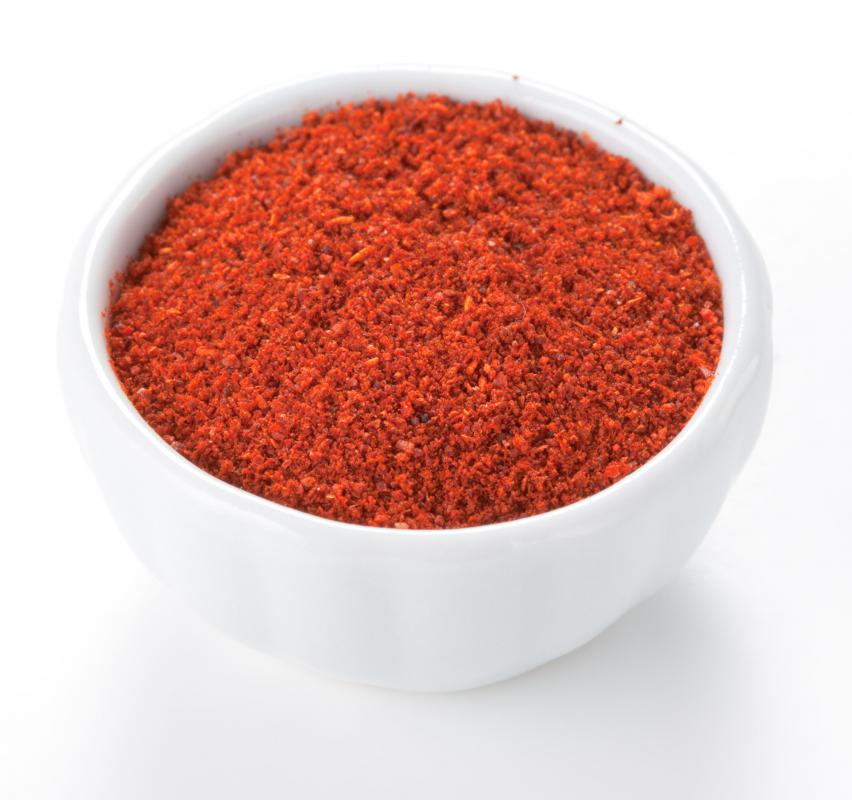At DelightedCooking, we're committed to delivering accurate, trustworthy information. Our expert-authored content is rigorously fact-checked and sourced from credible authorities. Discover how we uphold the highest standards in providing you with reliable knowledge.
What Are the Different Types of Spanish Sausages?
There are a number of traditional Spanish sausages, with some achieving notoriety around the world. One of the most well known is the spicy chorizo, which also has a Mexican counterpart that is not cured. Many, but not all, are cured through air drying before they are ready to be eaten. Some cured sausages include longaniza, which is similar to chorizo except it does not use pimenton, botillo and sobrassada. A sausage that does not contain meat as the main ingredient is called morcilla and instead uses fillings such as rice or onions, although it can still contain elements such as pork fat or blood.
Spanish sausages known as chorizo are well known outside Spain and are emblematic of some of the core techniques used in making Spanish sausage. Chorizo is a mixture of pork fat, lean pork meat, pimenton and garlic. Pimenton — essentially a type of smoked paprika that can be sweet, bittersweet or hot — gives the meat a red color, provides some of the sweetness or spiciness, and is a much used ingredient in Spanish sausages. Chorizo also is air dried, as are most traditional sausages in Spain; very few use hot cooking or smoking for preservation. Longaniza is a type of sausage made in the same basic way as chorizo, except the pimenton is replaced by black pepper.

Botifarra Spanish sausages are from the Catalan regions of the country. The sausages are made from pork, accompanied by different ingredients when stuffed into the casing. The ingredients can include eggs, honey, blood, truffles, rice and tripe. Some botifarra are grilled, while others are not cooked at all before being eaten.
Botillo is made from a collection of different cuts of pork that cannot be used as prime cuts, sometimes including the tongue or other parts of the pig. The meat is spiced, placed into pork intestines, and then smoked for a few days. After the smoking is completed, the sausages are air dried.
Salchichon Spanish sausages more closely resemble lunchmeat. The long, thin sausage contains black pepper, cinnamon and cloves for flavoring. The sausage can be cut thin and eaten on bread or crackers, and is sometimes served as part of a tapas dish.

One of the more unique Spanish sausages is known as morcilla. Morcilla can have many ingredients but usually contains a fair amount of pork fat, sometimes blood, and a host of spices. The majority of the filling can be rice, grains, mashed potatoes or even onions. The sausages take on a very dark color and are usually stuffed in beef or pork intestines. Although morcilla often is dried, it also may be cooked without drying the links first.
AS FEATURED ON:
AS FEATURED ON:













Discuss this Article
Post your comments